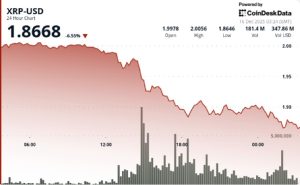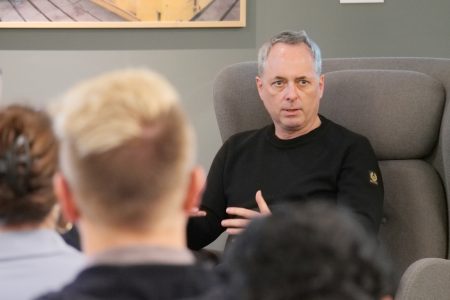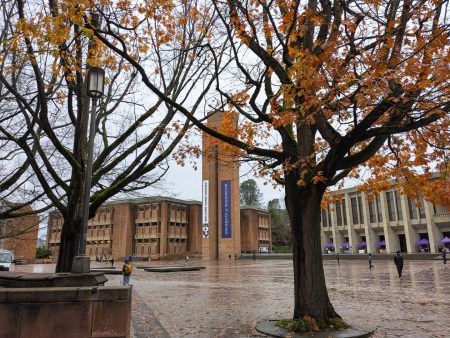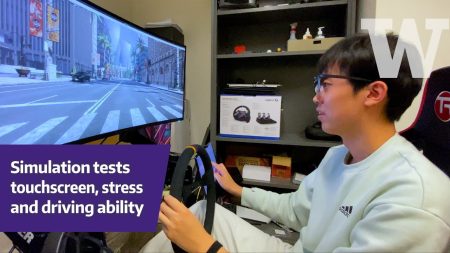Paragraph 1: A Glimpse into the Early Life of Bill Gates
Bill Gates’s new memoir, "Source Code: My Beginnings," the first in a planned trilogy, offers a vivid and detailed account of his formative years. From unexpected anecdotes like a dental appointment following an LSD trip, advised by his friend and future Microsoft co-founder, Paul Allen, to his time at Lakeside School and Harvard, the book paints a colorful picture of a young Gates. It culminates in a cliffhanger in 1979, right before the pivotal return of Gates, Allen, and their team of programmers to Seattle with MS-DOS, BASIC, and the nascent Microsoft. While not a comprehensive history of the tech giant or a tell-all about Gates’s recent life, the book provides intimate glimpses into the experiences and relationships that shaped the man behind the iconic company.
Paragraph 2: Entrepreneurial Parallels and the Democratization of Technology
"Source Code" transcends personal history, resonating as a timely entrepreneurial narrative. Gates and Allen’s identification of a niche in software and their bet on the personal computer mirrors the current wave of innovation driven by artificial intelligence. Gates draws parallels between the democratization of computing power 50 years ago, which propelled applications like word processing and email, and the current democratization of intelligence. He argues that the latter is even more profound, holding immense potential for transformative change. The book highlights the spark that ignited Microsoft: the Altair 8080 and the fear of missing the PC revolution. It also underscores the years of preparation, including their entrepreneurial ventures as the Lakeside Programming Group, that laid the groundwork for their success.
Paragraph 3: Personal Relationships and the Pacific Northwest
The memoir is steeped in the atmosphere of the Pacific Northwest, recounting experiences like Gates optimizing code in his head during a grueling winter hike in the Olympic Mountains. It’s a story deeply intertwined with friendship and loss, particularly the tragic death of Gates’s closest friend, Kent Evans, in a mountain-climbing accident. Gates reflects on the profound impact of this loss and the potential of an alternate future had Evans lived to become his business partner. The bond between Gates, Allen, Evans, and Ric Weiland, another early Microsoft employee, is portrayed as a crucial catalyst in their formative years.
Paragraph 4: Encounters with Steve Jobs and the Birth of an Era
As "Source Code" progresses, it captures the nascent moments of a burgeoning tech revolution. Gates recounts his encounter with Steve Jobs at the 1977 West Coast Computer Faire, observing the "aura" surrounding the young entrepreneur. This anecdote, among others, offers a glimpse into the historical context in which Microsoft emerged. The book showcases the unique mind of a young Bill Gates: brilliant, driven, unconventional, and deeply curious. It reveals his deceptive tactics, such as purchasing duplicate textbooks to maintain a facade of nonchalance while excelling academically.
Paragraph 5: Family Dynamics and Reflections on Autism
At its heart, the memoir is a homage to the people who shaped Gates’s life: his friends, teachers, sisters Kristi and Libby, and, most prominently, his parents, Bill Gates Sr. and Mary Gates. The book portrays a complex family dynamic, highlighting both the challenges and unwavering support that characterized his upbringing. Gates candidly discusses his childhood defiance, including an incident where his father’s patience finally wore thin, leading to a rare display of anger. He also reflects on his own neurodivergence, suggesting he would likely be diagnosed on the autism spectrum today. He expresses empathy for his parents, who lacked the resources to understand his unique ways of thinking and behaving.
Paragraph 6: A Memoir Backed by Rigorous Research and Looking Ahead
"Source Code" is told from Gates’s perspective, inherent in the nature of a memoir, but it also benefits from meticulous research conducted by former Wall Street Journal reporter Rob Guth. Guth’s fact-checking, including verifying Gates’s Lakeside transcript, adds a layer of credibility to the narrative. The book concludes with a pivotal moment: the announcement in the Lakeside newspaper about the math department getting access to a computer. This seemingly innocuous detail foreshadows the profound impact that computing would have on Gates’s life and the world. As Gates approaches 70, this first installment sets a high bar for the subsequent volumes, promising further insights into the later years of Microsoft and his multifaceted life.














